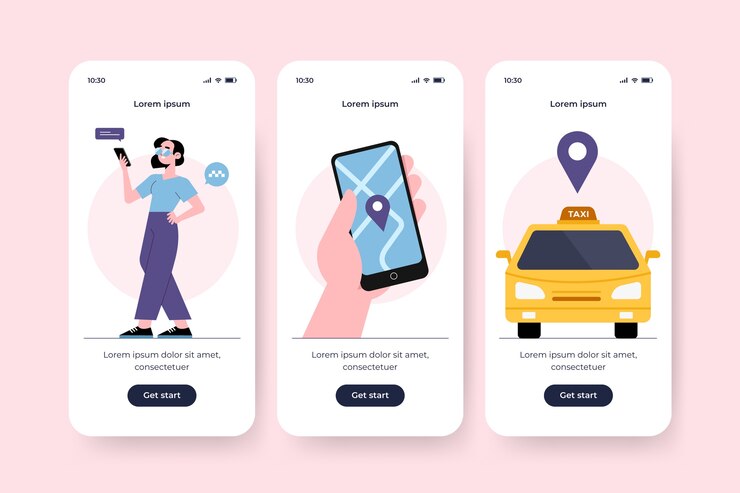If you are an entrepreneur, you may well have decided to engage in the most wealthy and quickly growing online transport sector right now. Given the intense growing demand for on-demand transport, it may be worthwhile to start a similar business as Uber has soon. The positive thing about it is that you don’t have to put months into feature film development. Given the right approach and useful services of contemporary technologies, you will be ready to start your Uber-like app in three weeks!
Week 1: Planning and Preparation
The first week is crucial for laying the foundation of your Uber clone-like app. Here’s what you need to focus on:
Market Research: Conduct marketing research before deciding to set up a ride-hailing business aimed at the potential market. One of the most important factors in establishing business success is being aware of your competitors and finding opportunities for competitive differentiation.
Choose the Right Solution: Rather than hiring developers to create an app from a blank page. You can use a ready Uber clone script. Decide on the service provider that is well-bundled and adjustable to the needs of your company toolbox.
Customization: Collaborate with your development team to tailor the clone script to suit your brand messaging and consumer demands. Brand your app with a personalized character and design touch, and pick a graphic theme.
Set Clear Goals: Specify the aims and goals that are connected with the app launch. Find out your target niche, determine your monetization/revenue model, and base your project results on key performance indicators (KPIs).
Gather Resources: Bring together a squad of developers, designers and testers for a team that makes the app. Verbal and written communication among the team members is essential to avoid delays and ensure a smooth running of development.
Week 2: Development and Testing
Now that you’ve laid the groundwork, it’s time to dive into development:
Front-end Development: Work on the app’s UI and UX while the prototype is in development. Emphasize developing a user-friendly interface that is simple and straightforward, allowing users to easily find rides and maneuver the app.
Back-end Development: This implies putting together the back-end infrastructure, including the server configuration, database management, and integration with the application programming interface (API). The strategy should be designed to maintain scaling and security for a high volume of users or the network.
Feature Implementation: For instance, combine the application’s fundamental elements, which include user registration, ride booking, real-time tracking, payment processing, and driving role allocation. Personalized features can address and fulfill your business’s unique needs.
Quality Assurance: Conduct thorough testing in order to determine and solve any bugs or other problems in the app. Test the app on devices and platforms covering all major product lines to ascertain compatibility and performance.
Feedback and Iteration: Get the input of beta testers and stakeholders and spot areas that have better room to grow. Refine the feature set and responsiveness of the app to foster a rich user environment and react to issues that may emerge.
Week 3: Launch and Marketing
With development complete, it’s time to prepare for launch:
App Store Submission: List your app on the Apple App Store and Google Play for review and appraisal by their respective systems. Get the app approved by app stores and make sure it complies with all the guidelines and regulations.
Pre-launch Marketing: Build interest and buzz concerning your app well before its release. Leverage social platforms, email marketing, and press releases to pre-build the excitement and drive the very first buyers on board.
Launch Day: Launch your app with a blast! You are celebrating its official release. Comply with app store rankings, read feedback from users, and fix any technical problems that may appear.
User Acquisition: Implement user acquisition strategies to invite new users to your app. Package promotional deals, referral bonuses, and incentives to create extra calls to install the app and sign up.
Post-launch Optimization: Constantly check the app’s operational and user comments to identify areas for improvement. Suggest alterations and modifications that will improve the app’s operation and user experience.
Conclusion
The 3-week plan describes the main steps for the development and marketing of the Uber-compliant app, and thus, it accelerates the development and launching process. Be sure, by thorough planning, thoughtful implementation, and a brilliant technology provider, you will be able to compete with proven ride-hailing giants and be the master of your own destiny. It’s time to act – your app is only a few weeks now from being released and totally redefining how people travel!
